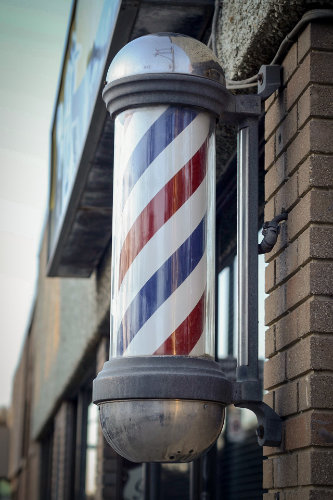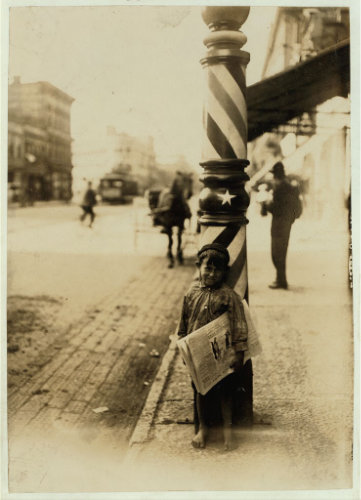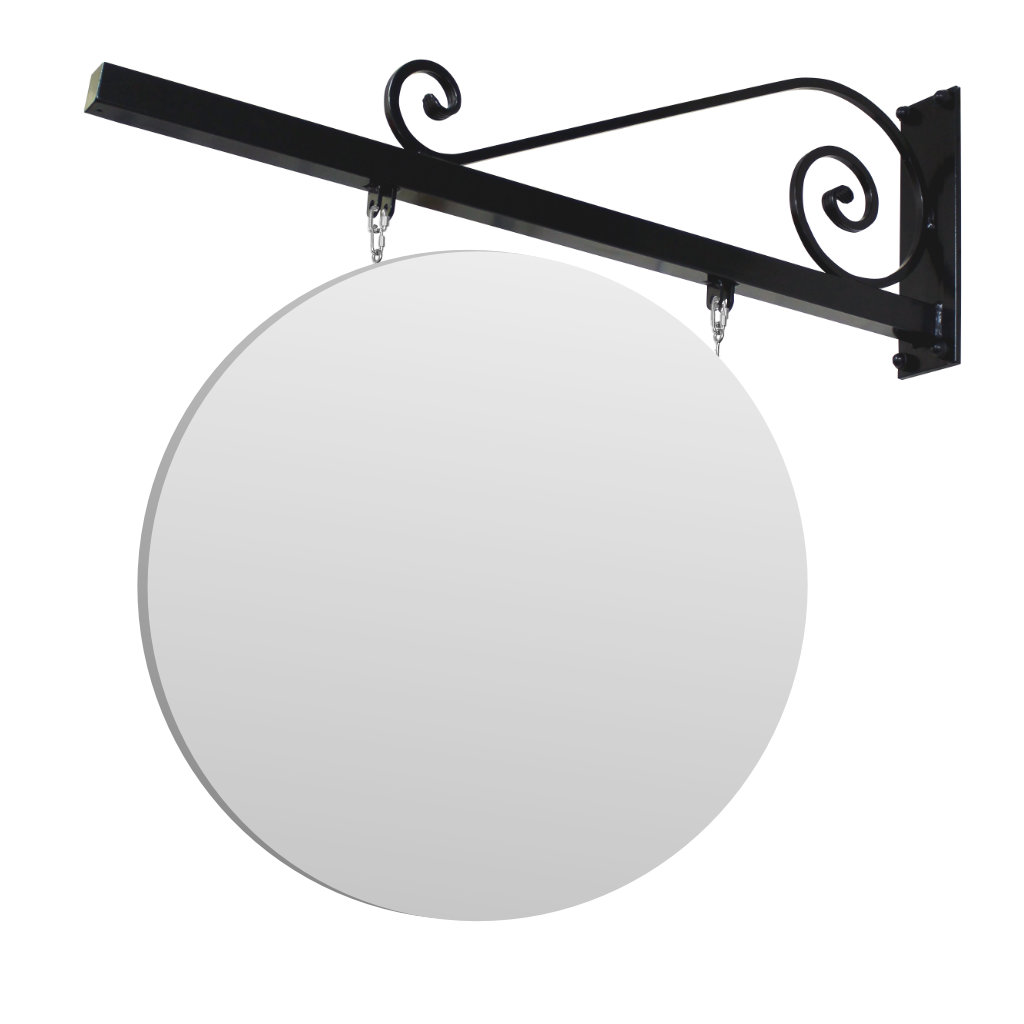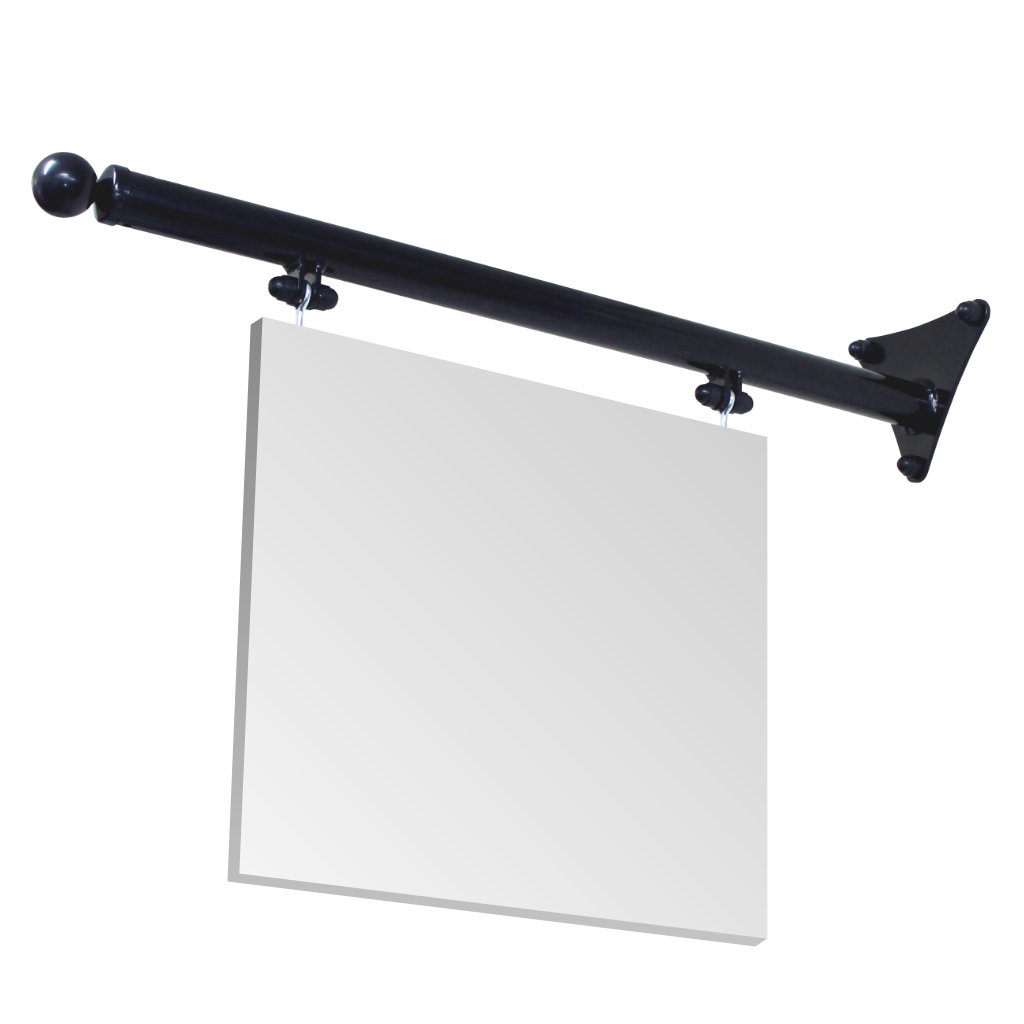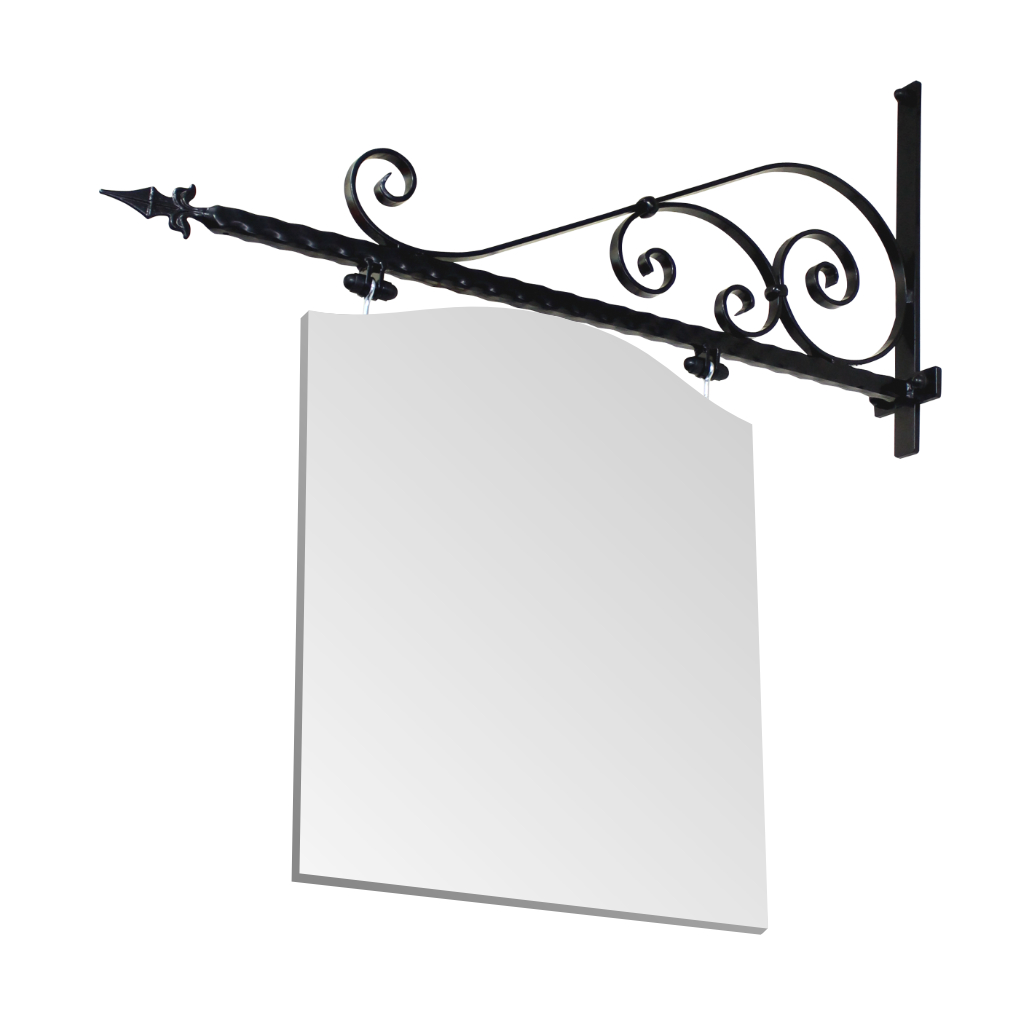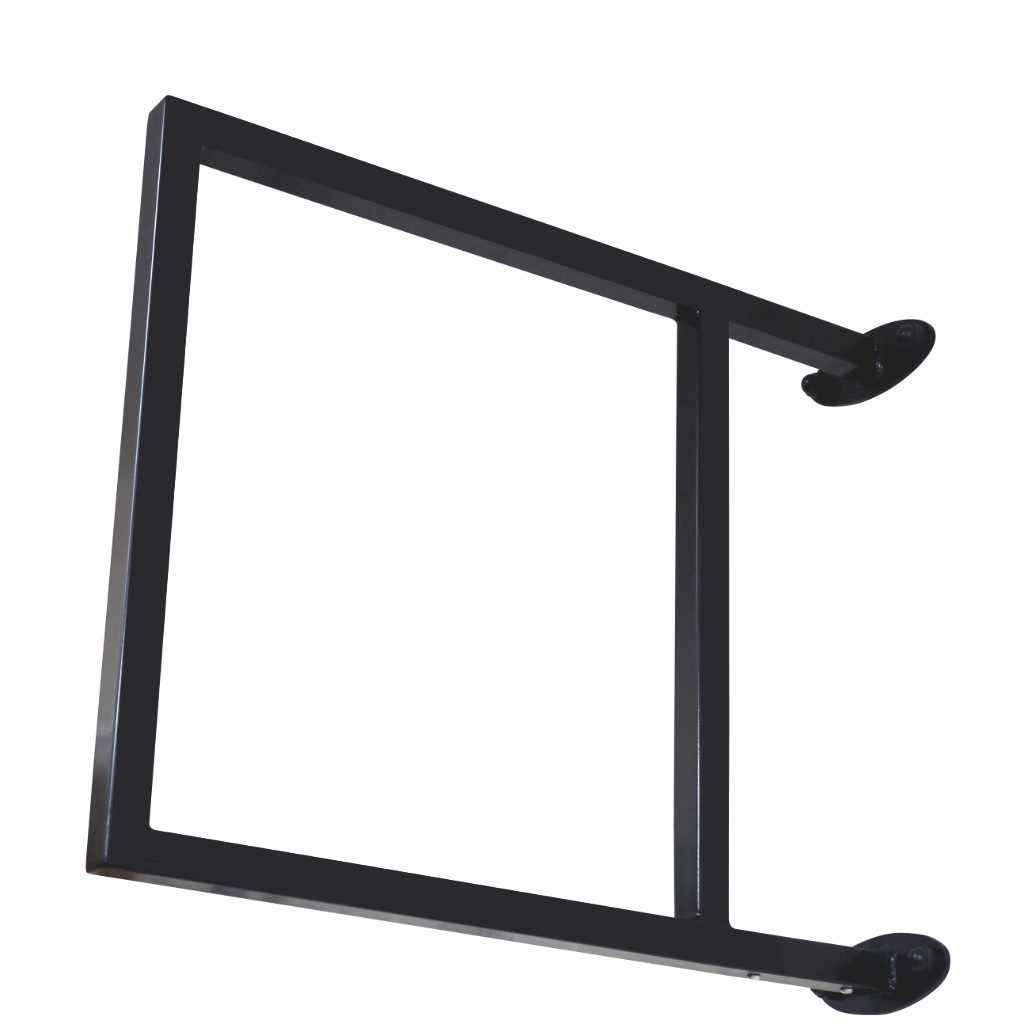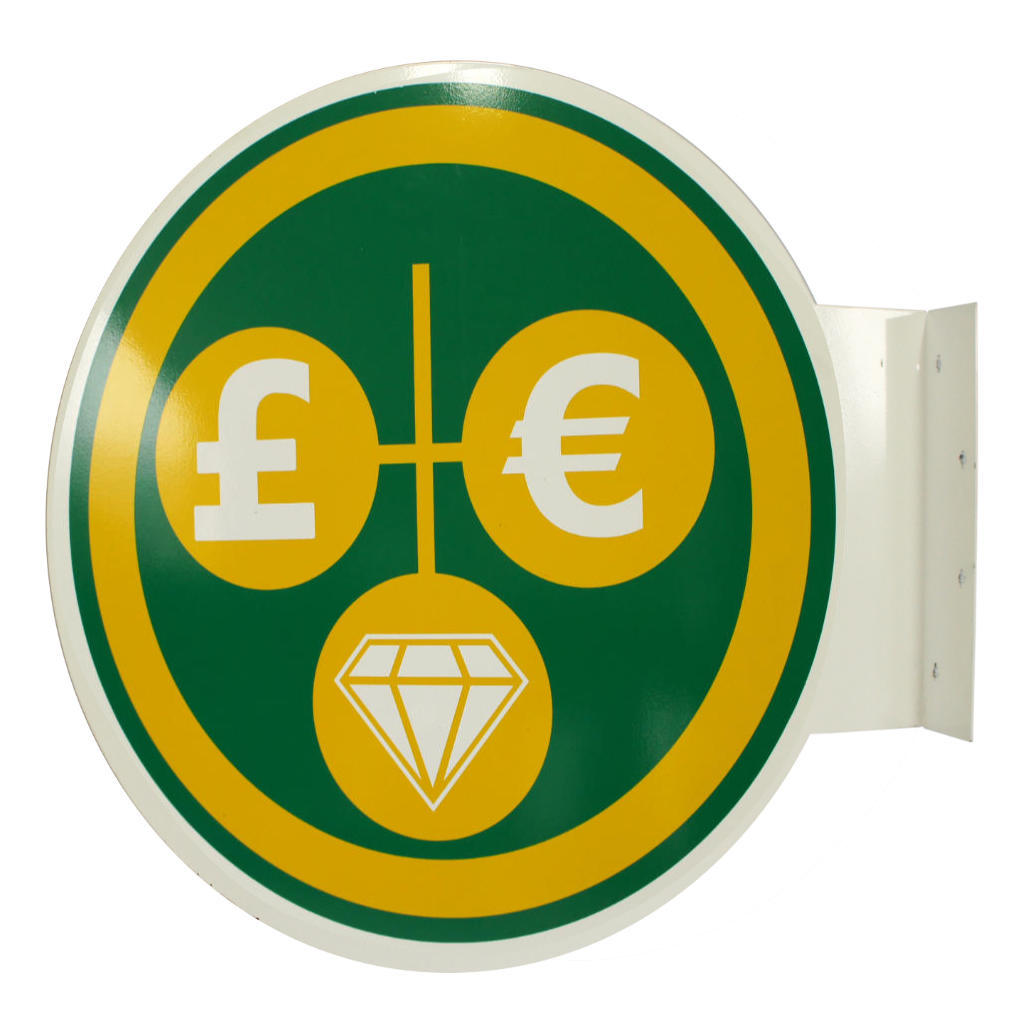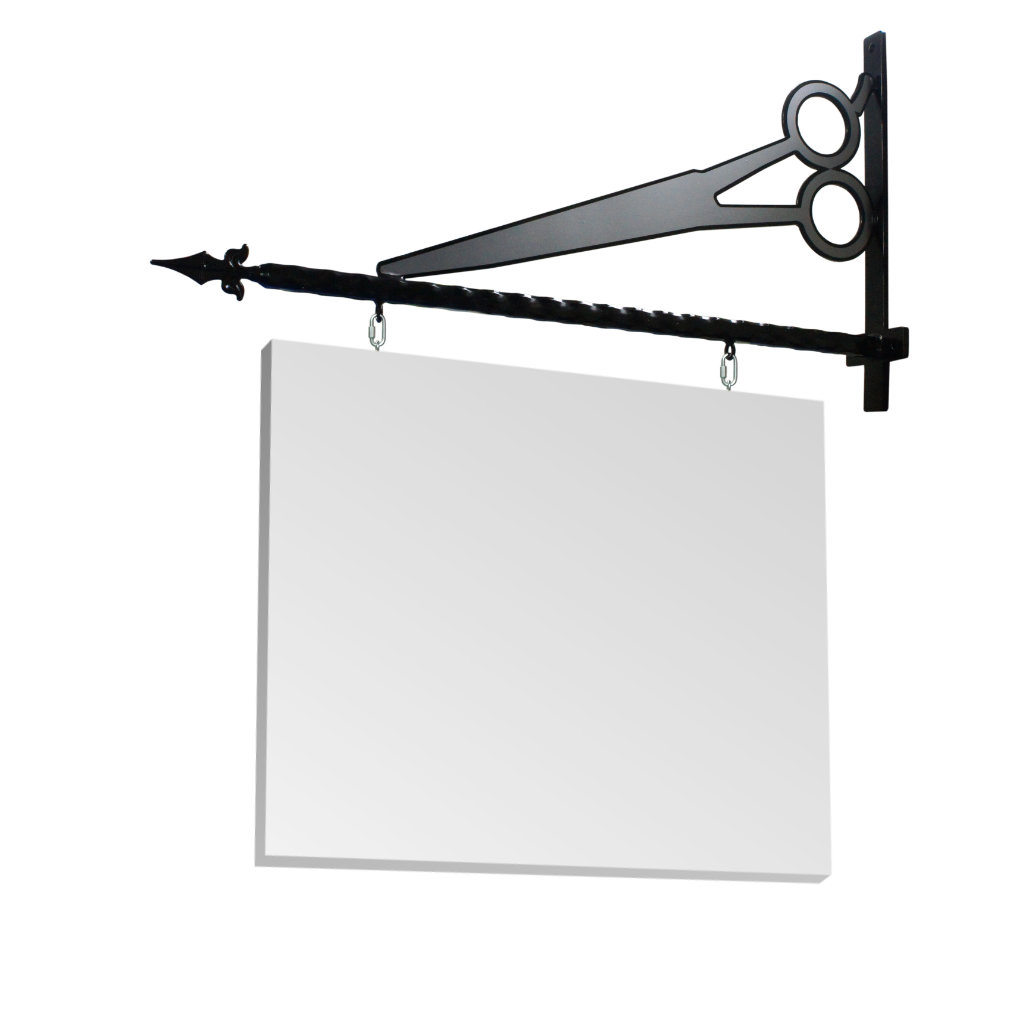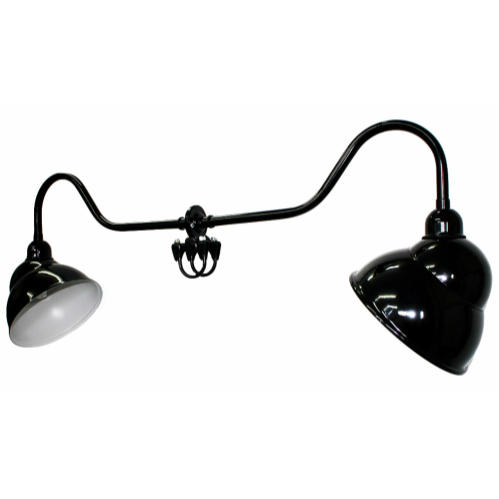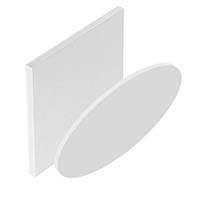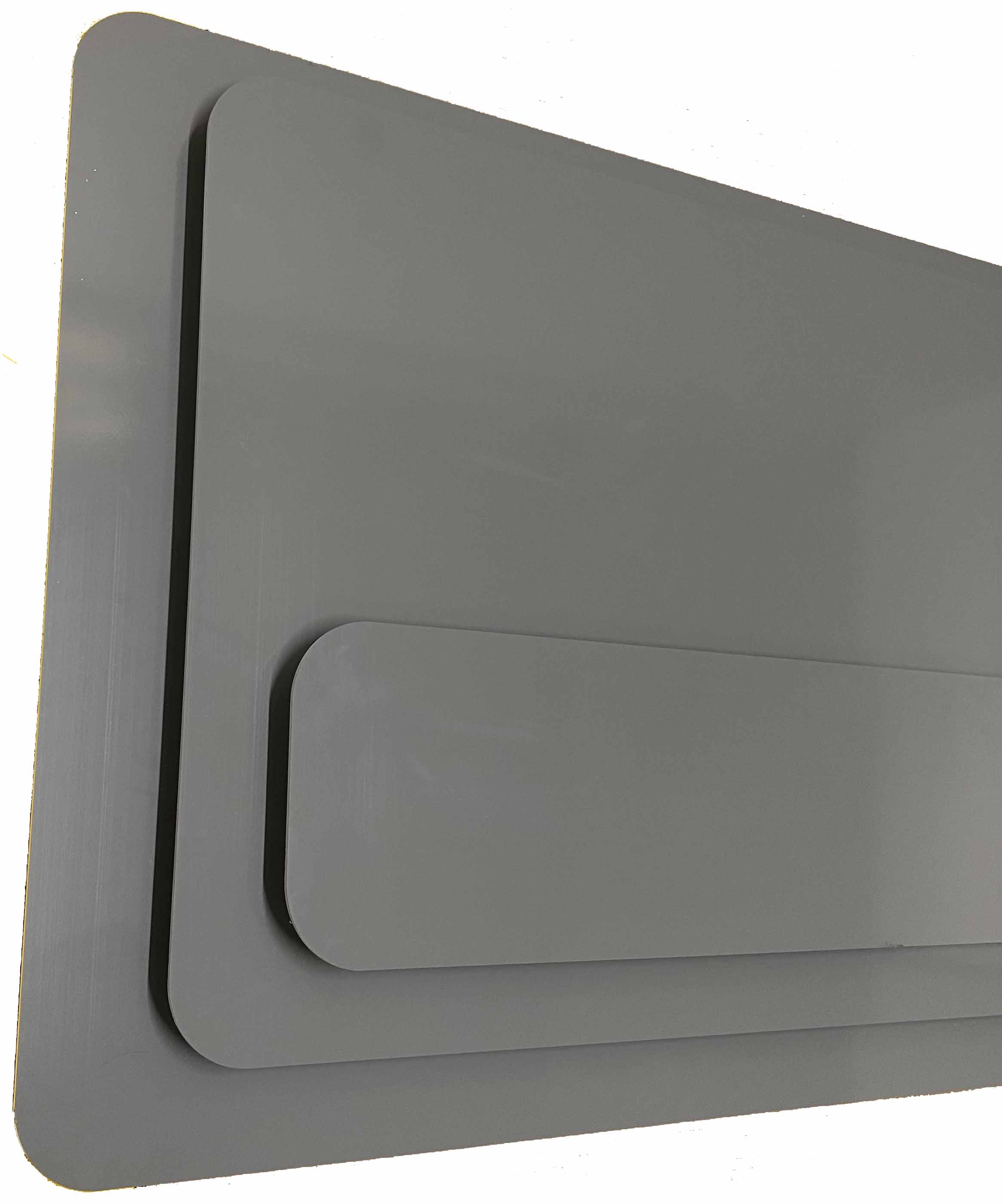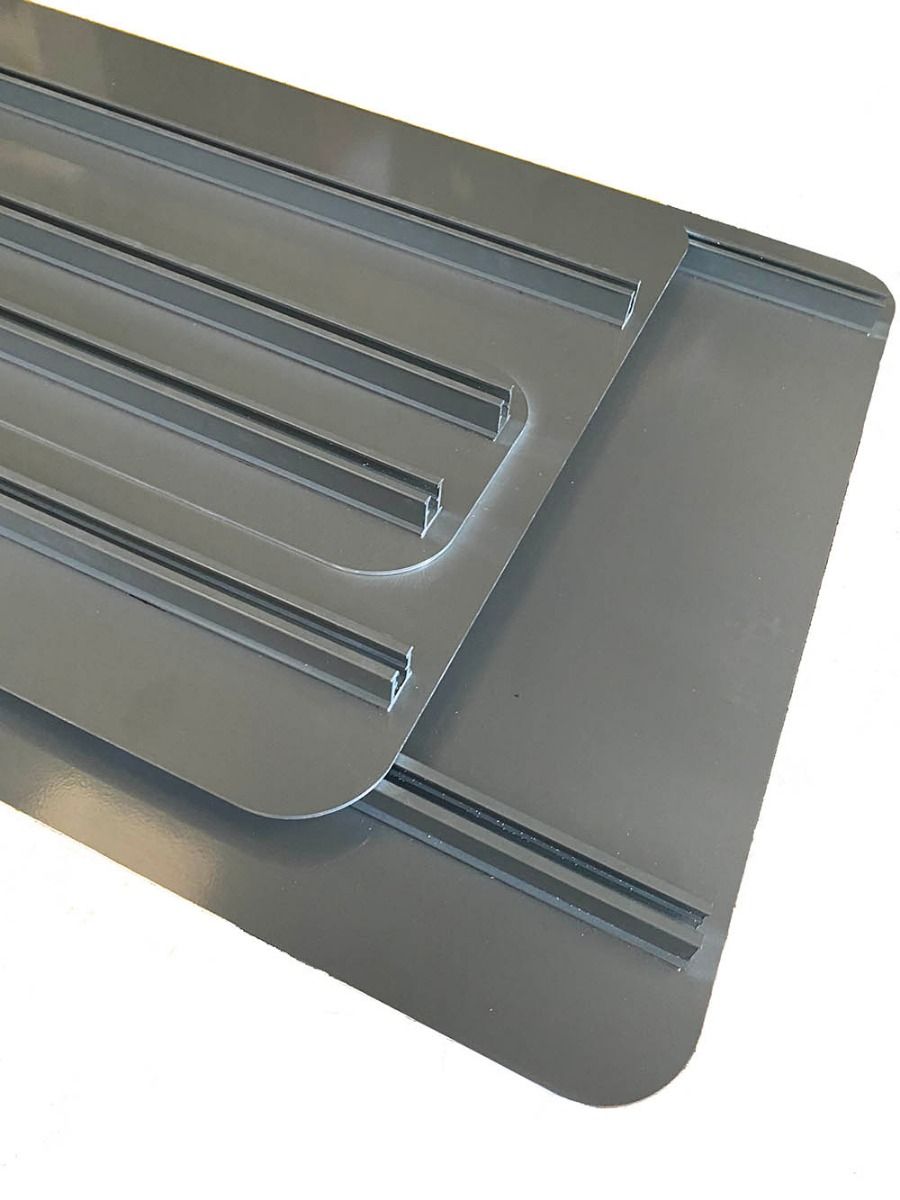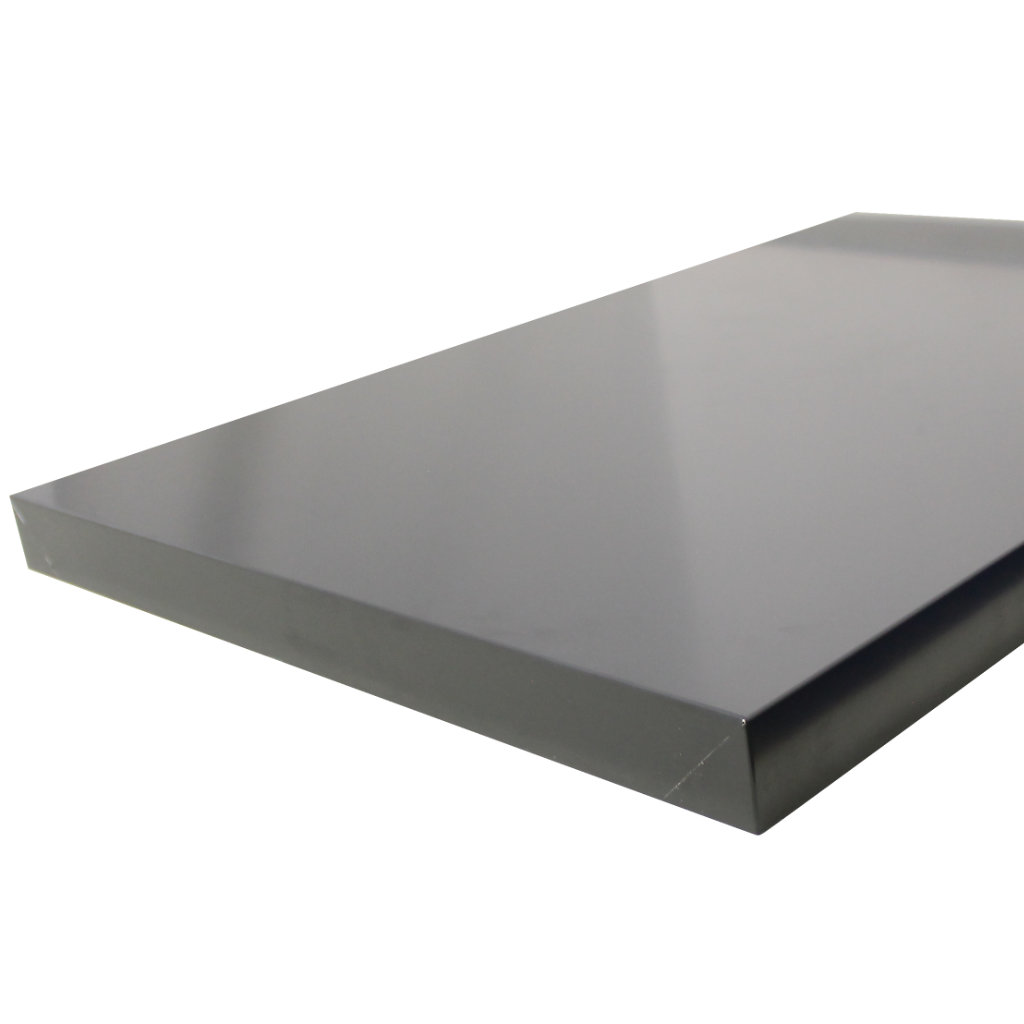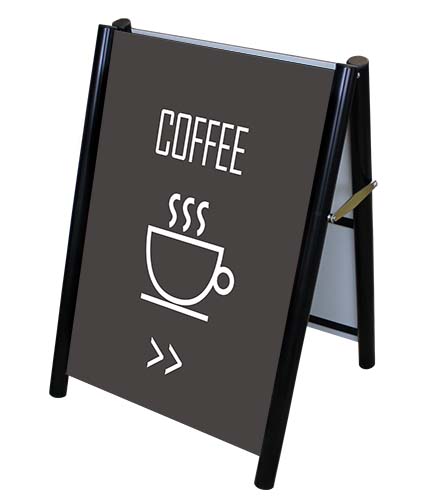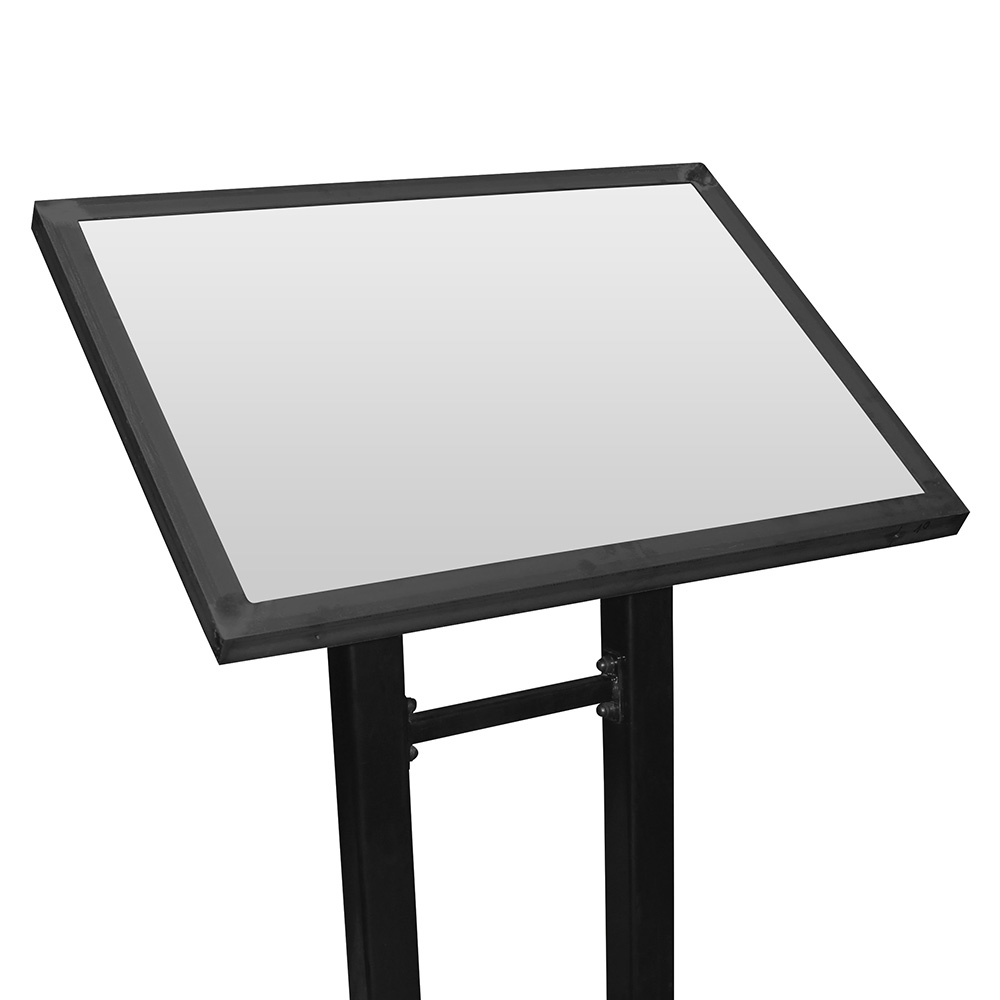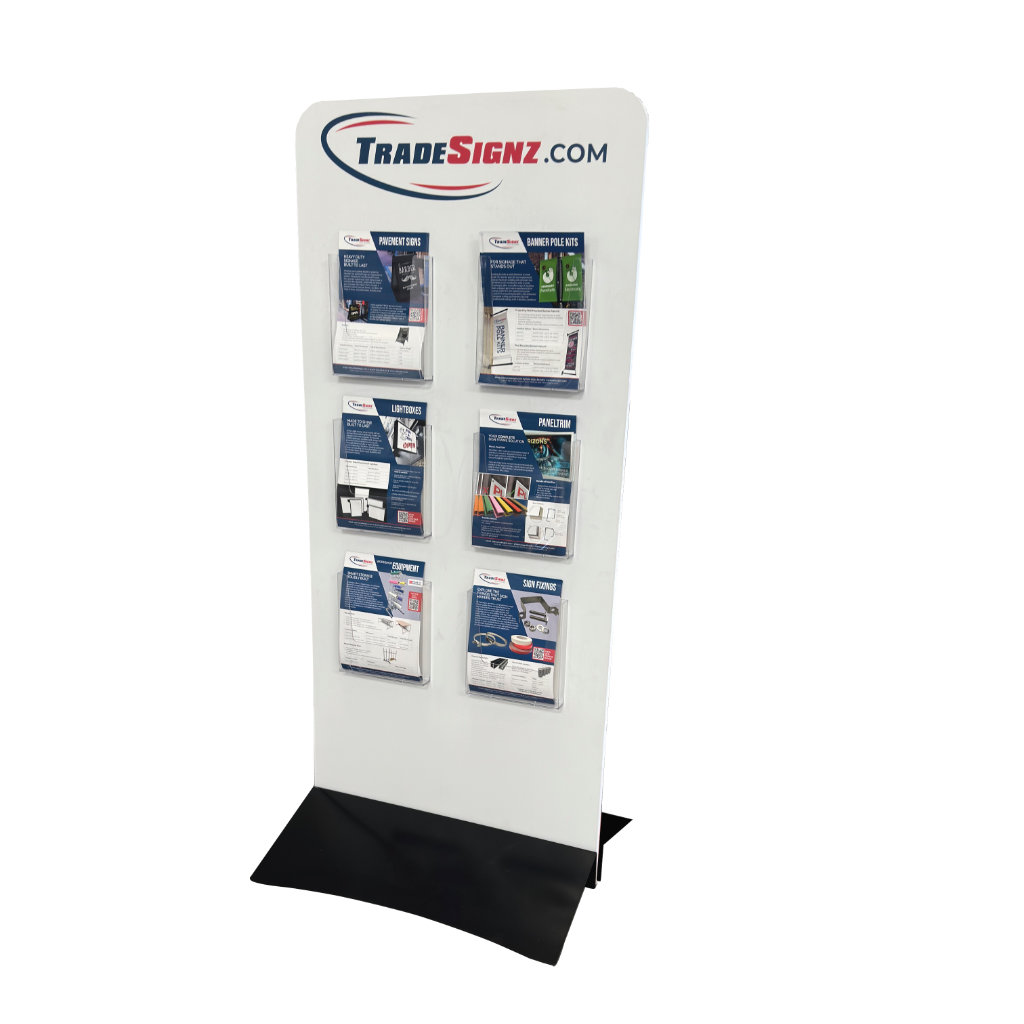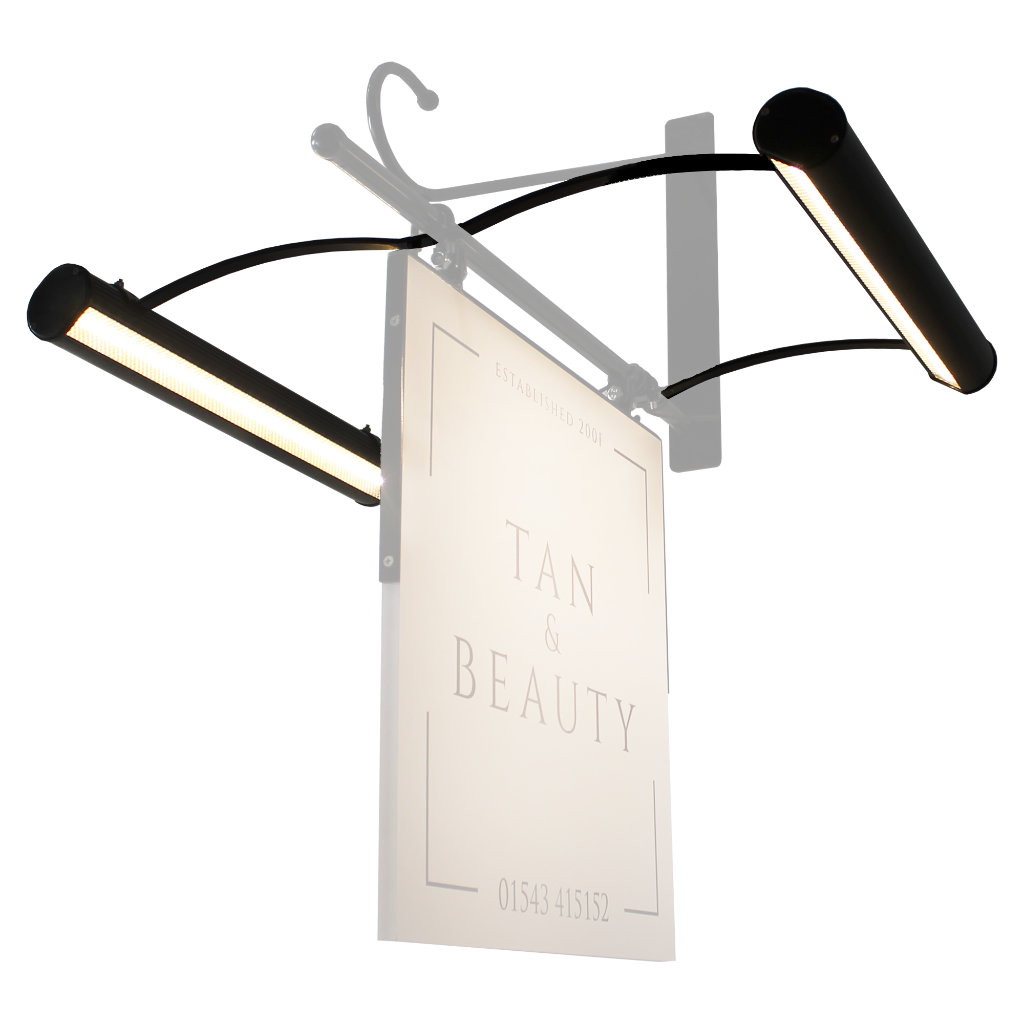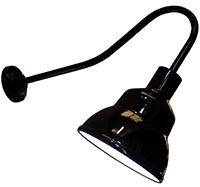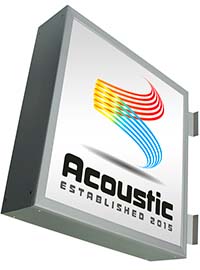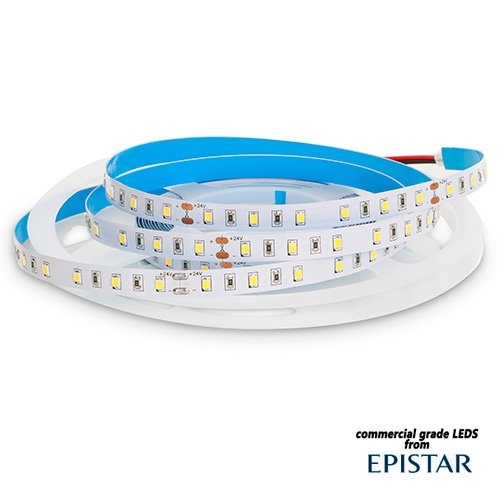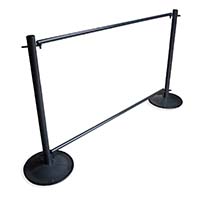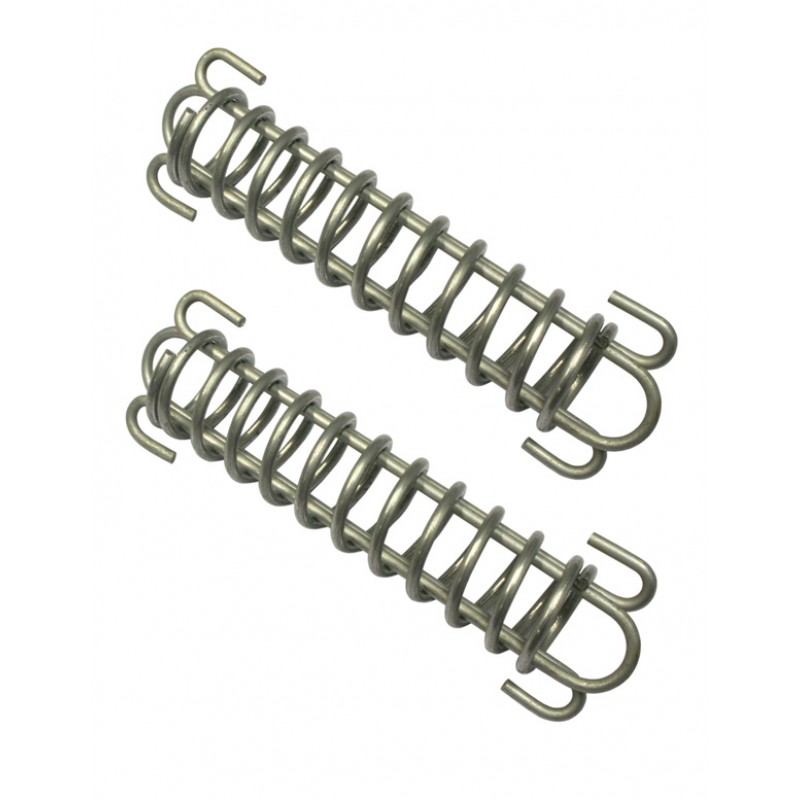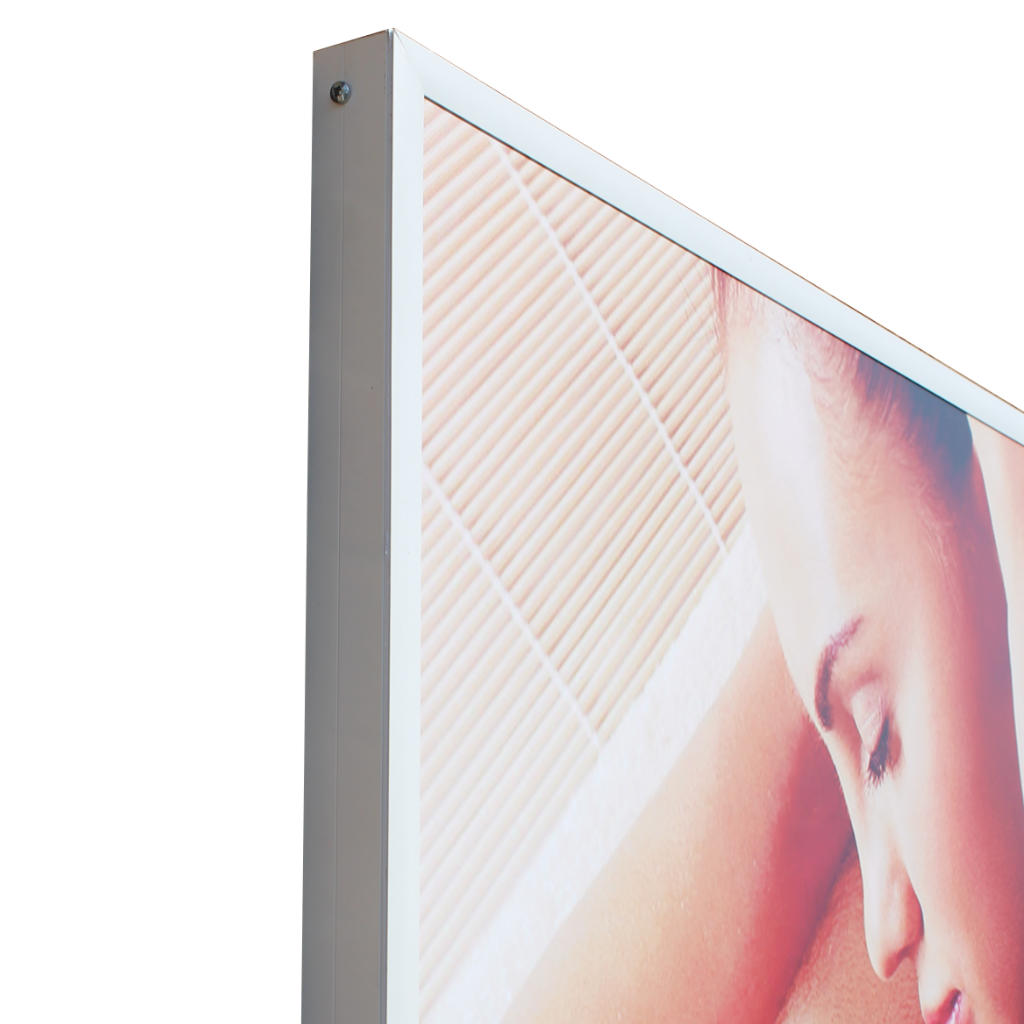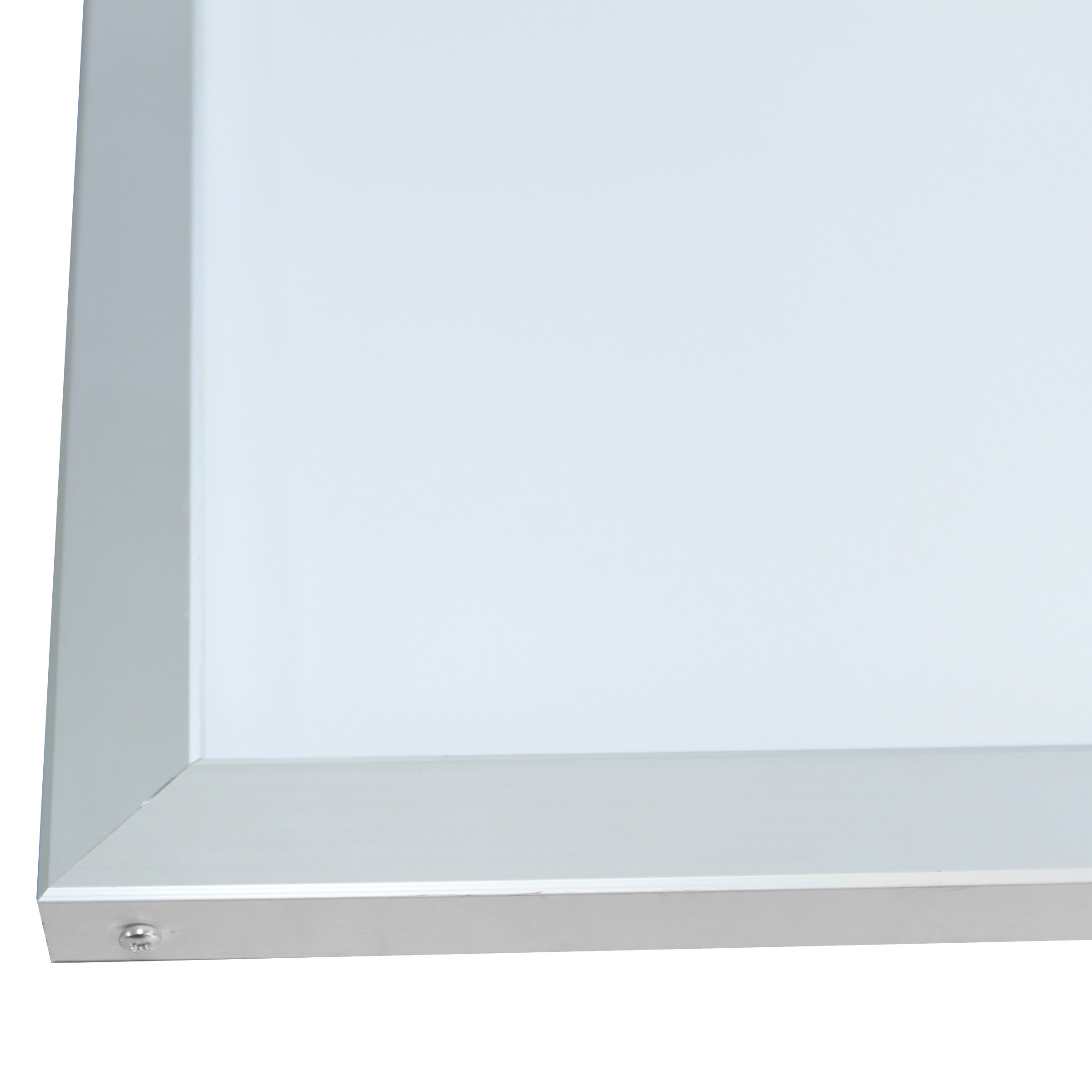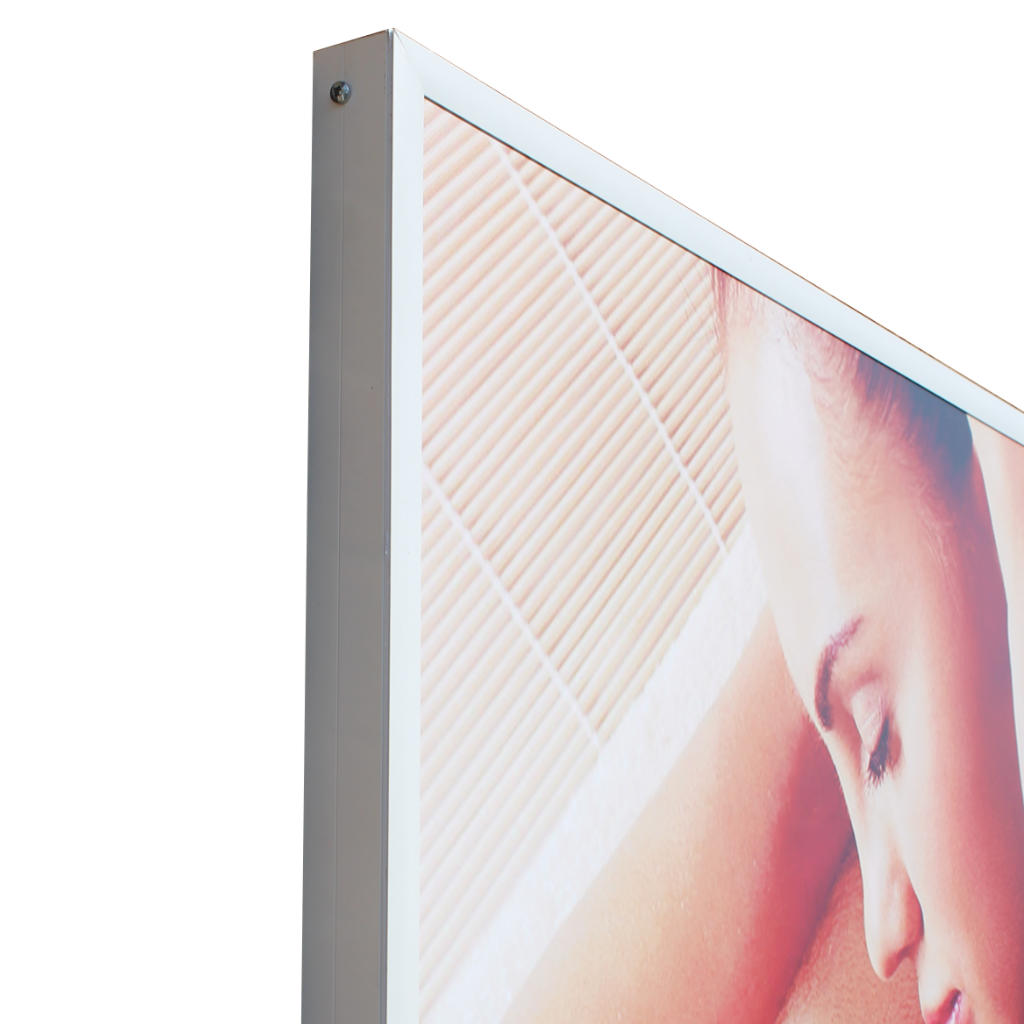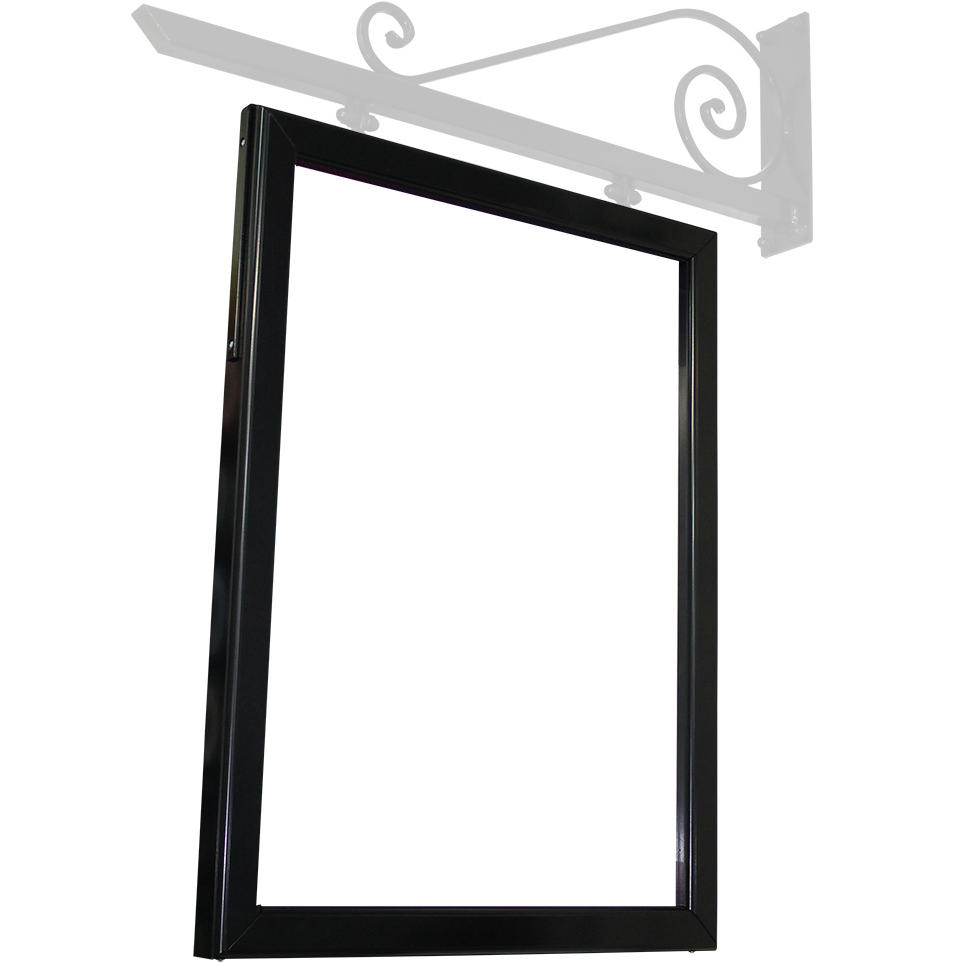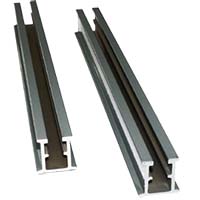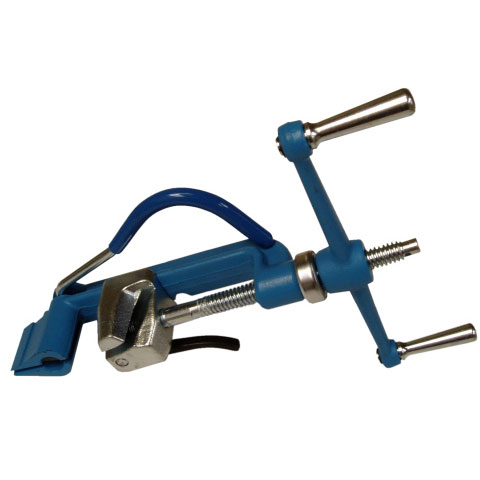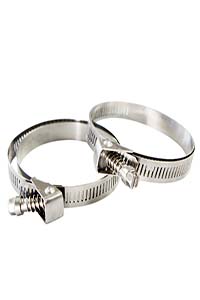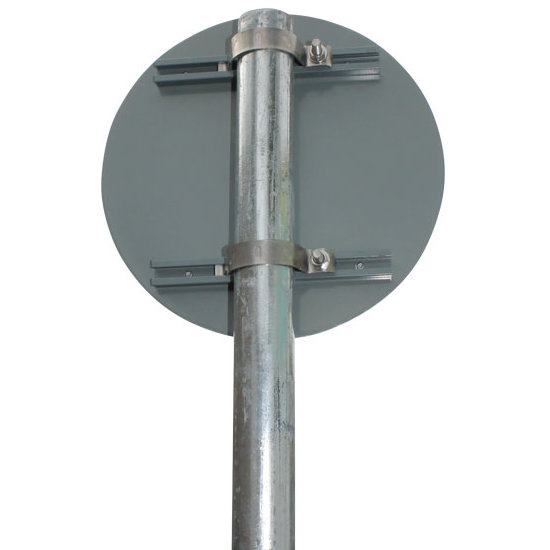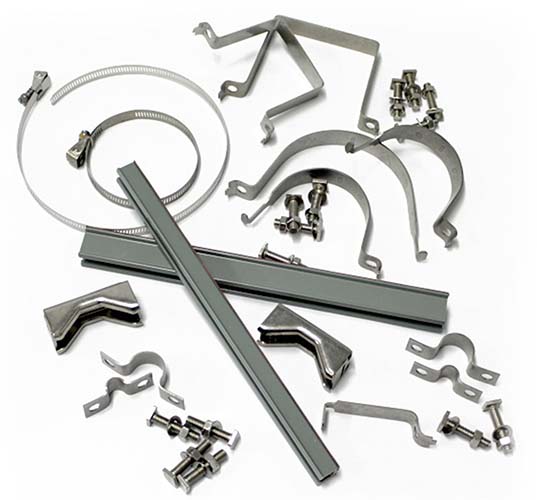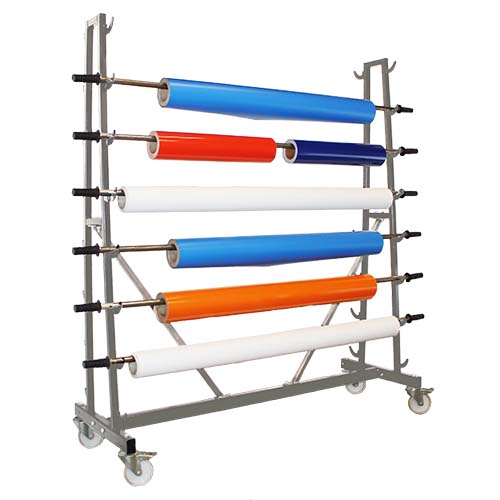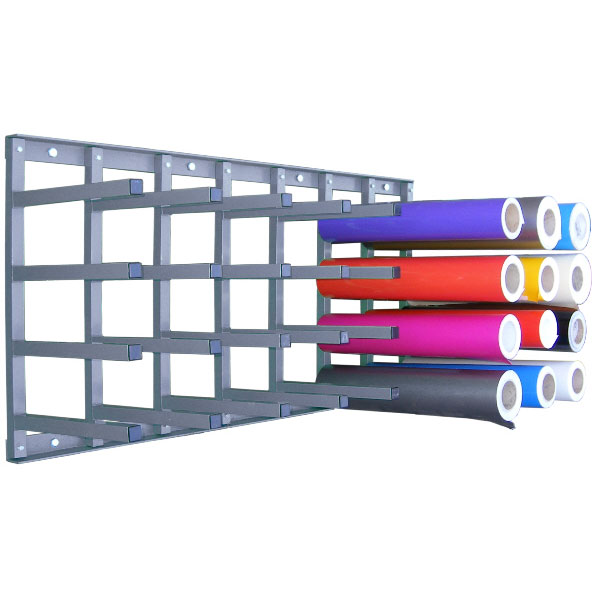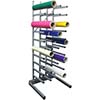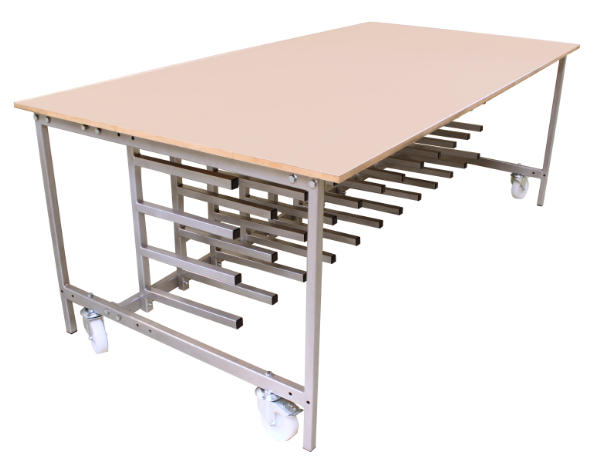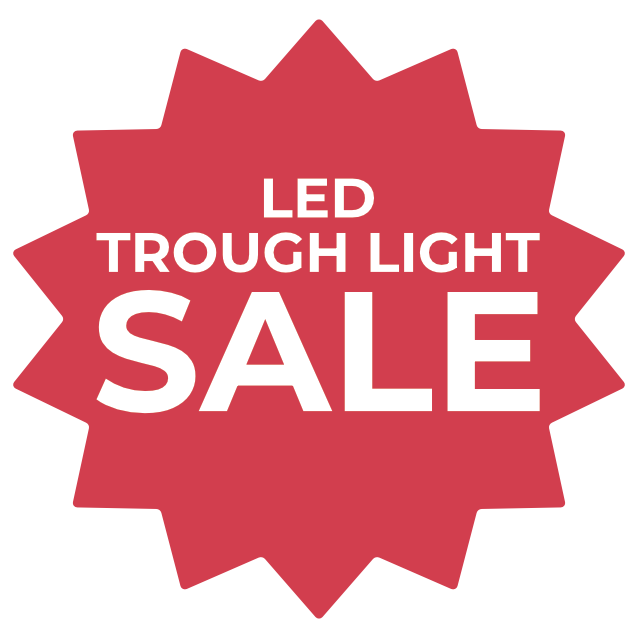History of the Barber's Pole
The Origins & Evolution of the Barber's Pole
The history of the barber's pole is fascinating and dates back to medieval times. Barbers didn't just cut hair; they were also the go-to practitioners for a variety of services, including bloodletting, a common medical practice at the time believed to balance the body and cure various ailments. Bloodletting stemmed from a belief that blood was the product of food, so when a person ate, the digested food was processed in the liver where it was turned into blood. The idea at the time was that if a person produced too much blood, this would lead to illness such as fevers, headaches and even the plague.
Bloodletting was seen as essential to medical practice but many physicians believed that bloodletting was beneath them. Those who needed bleeding were directed to the barbers, for whom this was a lucrative side line.
The barbers were aware of the need to advertise their services and did so in various ways. In medieval London, barbers placed bowls blood, taken in bloodletting, in their windows. This ensured that any passer by would be aware of the service & a blatant reminder that you might be due for your own bloodletting. In the early 14th century,following a public backlash to the practice of advertising bloodletting, a law was passed that stated: 'no barbers shall be so bold or so hardy as to put blood in their windows'. It then became common practice to dispose of the blood in the Thames.
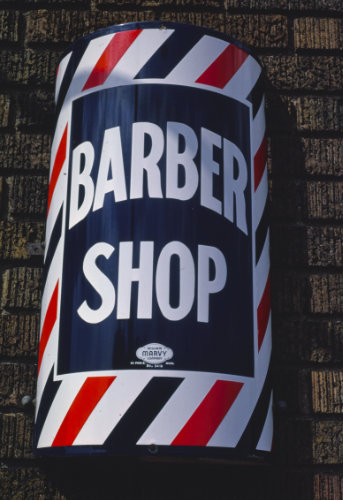
Following the ban, barber's needed to find an alternative way to advertise their services. The barber's pole quickly became recognised as the symbol of the barber's bloodletting service. The pole symbolised the rod that the patient gripped to make their veins bulge, thus making them easier to slice open. A brass ball at the top symbolised the basin that collected the blood. The pole's red and white stripes represent the bloodied bandages, which would be washed and hung to dry on the rod outside the shop. As the bandages blew in the wind, they would twist together to form the spiral pattern similar to the stripes in the modern day barber pole. The barber pole became emblematic of the barbers profession. Later the cloths were replaced by a painted wooden pole of red and white stripes. A blue stripe was later added to represent the blue of the veins that the barber would target when bloodletting
Over time, the barber's pole became a recognized symbol for barber shops and their services. As medicine and healthcare practices evolved, the barber's role in surgical and medical procedures diminished, but the symbol persisted as a nostalgic reminder of the profession's history.
Today, the barber's pole remains a familiar sight outside many barber shops worldwide, serving as a nod to the profession's long and varied history. While the practice of bloodletting has long been abandoned, the symbol endures as a quaint relic of the past.
